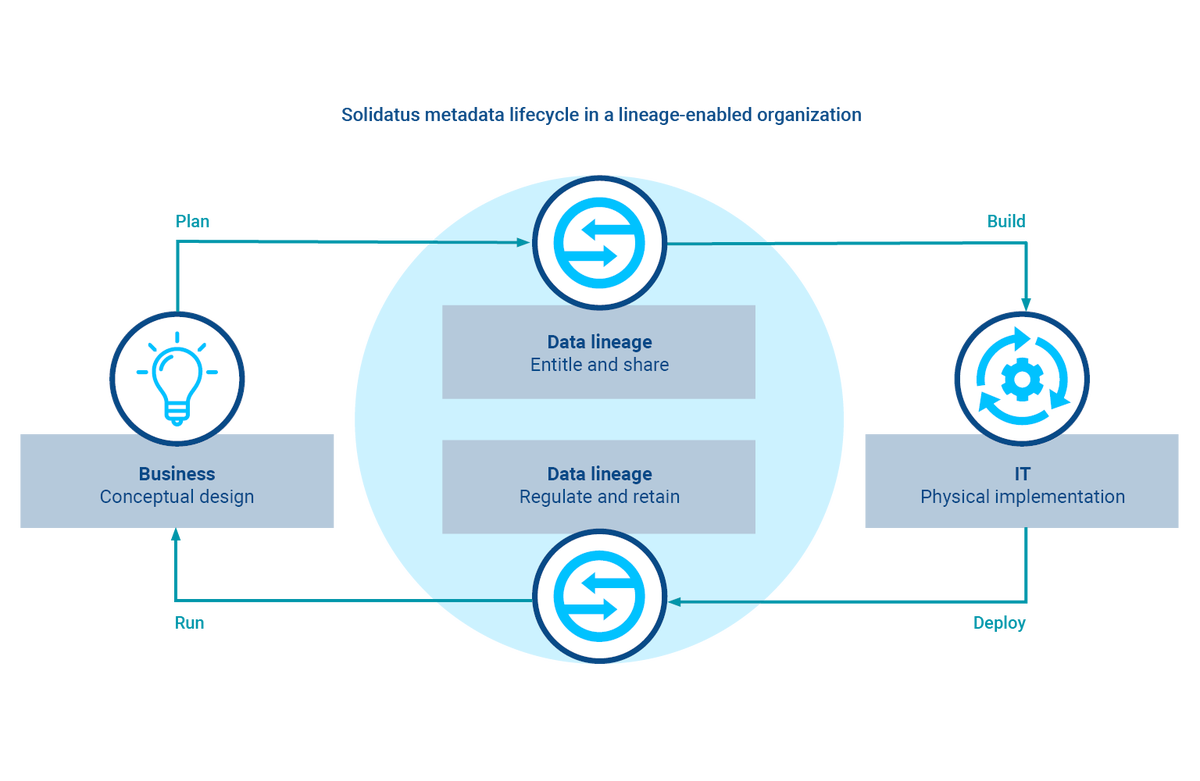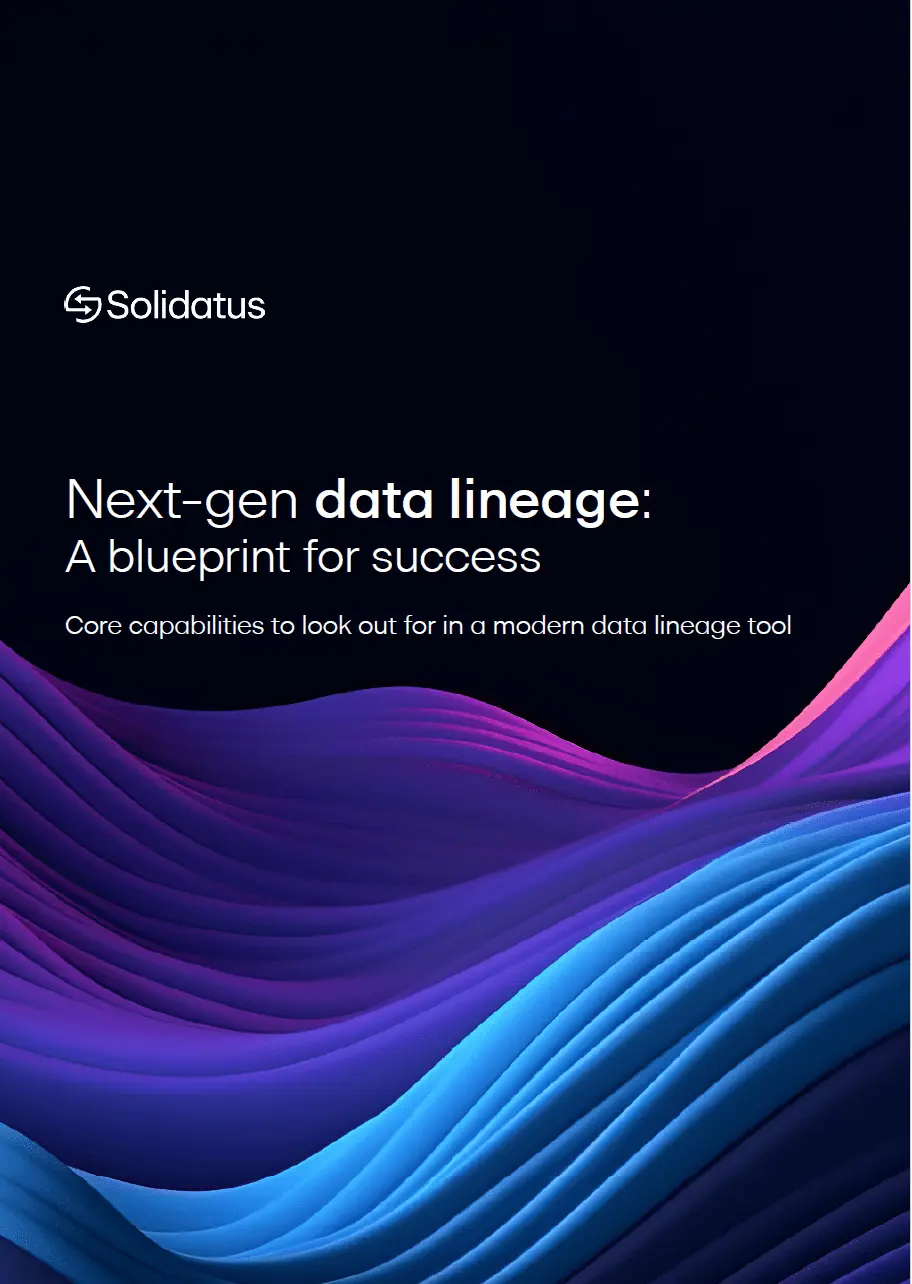Data Lineage Solutions

Catalog your data like never before
Quickly discover, document, analyze and share your data with a modern, fully integrated, feature-rich, machine learning assisted catalog.
Data Lineage is the visual representation of anything that is connected, whether that be the flow of data through an organization, or any form of business or technology connectivity.
Our multidimensional data lineage capabilities provide a comprehensive view of your enterprise, incorporating all the contextual metadata surrounding your data. There’s no costly maintenance overhead, and our software is easy to use.


Build data lineage at speed
Visualize data lineage at industry leading speeds with our browser-based application. Become operational in minutes by rapidly building data lineage using our supercharged connectors and open API. Our intuitive interface drives quick adoption and efficiency gains up to 90%.
Build data lineage with confidence
Reassure regulators and minimize migration risks and costs by automatically tracking all data changes, with differences displayed along a timeline.


Build data lineage collaboratively
Collaborate with ease, by federating data lineage to system owners. Maintenance can be shared, federated, and democratized. Experts can find, record, confirm, and share knowledge and insights from your data.
Data lineage is a very important aspect of modern data management. It represents the journey of data as it travels from source to destination. Find out more here.
Your world-leading data lineage solution
Solidatus has been designed since its inception to provide world-leading visualization of lineage, together with the technical and business metadata that informs and contextualizes that lineage.
With Solidatus’ data lineage services, you can quickly develop a data landscape, crowdsource metadata, agree terminology, and analyze data usage throughout your systems to deliver comprehensive data lineage.
Capture and visualize data lineage at any level of granularity – from system to deeply-nested field – and connect with relevant contextual information such as regulatory models, business rules, business glossaries, or enterprise modeling.

Explore the power of our data lineage services and solutions with a free Solidatus trial
Data lineage frequently asked questions
Data lineage is the ability to trace the origins and movement of data from its source to destination across technical and organizational systems. It provides visibility into data flows to understand upstream sources and downstream impacts.
Data lineage is important because it provides essential insights into the origins and movement of data. This visibility supports governance, ensures compliance, mitigates risks, enhances productivity, and fosters collaboration throughout the data ecosystem.
A huge amount, but examples include:
Regulatory Compliance and Governance
Customer Experience Development
Cloud Migration Decisions
Data Quality Management
Advanced Analytics Support
You can read about all of these in greater detail on our main Data Lineage information page
- Embrace Automation for Data Lineage Extraction: Use automated tools to efficiently extract data lineage information.
- Incorporate Metadata Sources in Data Lineage: Include various metadata sources to ensure comprehensive data lineage tracking.
- Engage with Metadata Source Owners: Collaborate with owners of metadata sources to maintain accurate and up-to-date lineage information.
- Plan for Progressive Metadata and Data Lineage Extraction: Implement a step-by-step approach to extract metadata and data lineage gradually.
- Validate the Lineage of your Data in Stages: Check and confirm data lineage accuracy at different stages of the data lifecycle.
- Utilize an Enterprise-Class Data Catalog: Employ a robust data catalog to manage and navigate your data lineage effectively.
Go into further detail about Data Lineage best practices with our comprehensive Data Lineage information sheet.
A huge amount, but examples include:
- Streamlining Regulatory Compliance: Use data lineage to easily track and document data flows to meet regulatory requirements.
- Empowering Self-Service Analytics: Enable users to access and analyze data independently by providing clear lineage information.
- Facilitating Impact Analysis: Assess the potential effects of changes in data sources and processes by understanding data lineage.
- Enhancing Data Exploration and Viability: Improve data discovery and validation by mapping out data origins and transformations.
- Assisting in Rationalization and Cloud Migration: Support the transition to cloud environments by identifying and rationalizing existing data assets through lineage analysis.
- Optimizing Asset Management: Manage data assets more effectively by leveraging detailed lineage information to monitor and maintain data quality.
Find out more about these possible use cases in our exhaustive data lineage information page.
The main types of data lineage include:
- Technical Lineage – Follows the data journey through technical systems like databases, ETL tools, and APIs. Provides complete view of how data is structured, transformed, and processed.
- Business Lineage – Traces data origins and flows through business operations, policies, and user activities. Documents the business context surrounding data.
- End-to-End Lineage – Combines forward and backward tracking to give complete view across the data ecosystem














